Back in 2021, ODU launched the Annual Campus Theme (ACT), “a multi-disciplinary campus initiative that aims to encourage discovery, growth, and engagement in today’s national and global conversations.” The ACT seeks to combine academic courses with public events and invites students of all academic colleges to immerse themselves in the learning experience about a relevant issue.
“[The ACT] is a way to vertically align the curriculum and get students invested in issues that deal with the local community and community interests,” said Steffani Dambruch Bush, an English lecturer at ODU.
The ACT of 2023 is Blue Connections. It seeks to educate students about the ecosystems of the ocean and the unique maritime history of Norfolk. The largest naval base in the world is located in Norfolk, and many local museums and exhibits display local nautical history, such as the Nauticus Maritime Center and the Hampton Roads Naval Museum.
As for the ODU campus itself, even the average student quickly becomes aware of how many “blue connections” it has, from the campus’s proximity to Whitehurst Beach and the waterfront, to the way the roads and walkways flood during rainstorms.
On the surface, Blue Connections appears to be a largely scientific and environmental theme, but as it is a campus-wide initiative, each department is contributing to the theme, including the College of Arts & Letters. From art exhibits to concerts, let’s put a spotlight on how the humanities have been contributing to Blue Connections.
The Gordon Art Gallery hosted “Papahānaumoku,” a series of paintings by Hawaiian artist Solomon Robert Nui Enos named after and inspired by the Hawaiian goddess. According to the Hawaiian myths, also known as “mo’olelo,” Papahānaumoku is known as the Earth Mother and gave birth to the islands of Hawaii.
“These works speak to our collective challenge in addressing climate change issues, such as Norfolk’s sea-level rise […] and to the University’s ongoing efforts to raise awareness of the ocean’s ecosystems,” reads the gallery’s display.
The gallery displays 81 unique paintings. Most are acrylic paintings on wooden box canvases, but some paintings and graphite drawings are done on bristol board. “Coral Singer” and “Navigator-Conductor” were painted on asphalt saturated roofing felt. Among the large and eye-catching paintings, Enos also created various series of smaller works displayed between them, such as “Studies of the Island – Machines” and “Aquatic Accoutrements.”
Enos painted eight pieces titled “He Ki’i Moku” and the title piece, “Papahānaumoku” inside the Gordon Art Gallery days before the exhibit opened, leaving streaks of multicolored paint beside the paintings as a kind of signature. The gallery also has an interactive video exhibit that shows a timelapse of Enos completing “Papahānaumoku” and the “He Ki’i Moku” pieces.
Though paintings such as “Coral Singer,” “Navigator-Conductor,” “The Weather Decryptor,” the “Ceremonial Exposure Gear” series, and others show human-like figures, many of these figures appear connected to the ocean and the landscape.
“Solomon rarely includes much in the way of human representations in his works, as he feels that somehow, we will become indistinguishable from the landscape,” reads the gallery display.
“Papahānaumoku” was freely available for public viewing from Sept. 15 through Dec. 16.
On Oct. 1, the ODU Symphony Orchestra, conducted by Paul Sahno Kim, performed the “Ice Becomes Water” concert, which featured songs with connections to water, including “Molly On The Shore” by Percy Aldridge Grainger, “Aquarelles, Op. 19” by Niels Gade, and “Suite from ‘The River’” by Duke Ellington.
In between the songs, ODU professors Peter Sedwick and Tom Allen gave short lectures about sea levels and flooding, as well as the research they are conducting related to the ocean. The concert also featured guest composer Judith Shatin, who composed “Ice Becomes Water,” a haunting piece that utilized hydrophone recordings of cracking glaciers. But those recordings were far from the only unique sound in the music.
“You may be surprised by some of the sounds that the stringed instruments make,” Shatin said before the performance. “Rather than having a separate stratum for the electronics and for the strings, I wanted them to interact. […] I had to come up with new ways for the string instruments to make sense.
“One of my favorite things is collaborating with performers, and I collaborated with some of my colleagues in developing these,” she added.
When discussing the collaboration of the art and science departments, Dr. Sedwick said, “I think it’s fantastic. It’s a great way to get people aware of things. Sometimes science can be a little bit dry, so I think bringing art and communication into it is a fantastic way of getting the message across.”
Paul Sanho Kim, the conductor of the “Ice Becomes Water” concert, believes the concert’s message is one that applies to everyone.
“We all have a stake in the future of our community […] all of us benefit from understanding a little bit about the science behind what’s going on with the climate, and this is just one way of helping to bridge the gap between people who know a lot about the issue and people who don’t,” he said.
Fashion Merchandising students have contributed to Blue Connections with their sustainability project, “Plastics in the Water.” Students turned recycled materials such as plastic bags, plastic bottles, and even discarded masks into clothing and accessories. It was first featured in a booth during the Fantastic Planet Public Arts Festival on Oct. 13-15. Some of their works were featured in the U-Nite Fashion Show at the Barry Arts Museum on Nov. 10.
The academics are contributing to Blue Connections with specialized Annual Campus Theme courses. Some of the courses students took this past fall are “Print II – The Hybrid Print” with Professor Brendan Baylor, a history-focused senior seminar with Dr. Ingo Heidbrink, and “Inland Waterways & Intermodal Transportation” with Dr. Ricardo Ungo. The Office of Academic Affairs provided funding for research projects related to the theme. Projects from the Arts & Letters department include Brendan Baylor and Kelly Morse’s Sound Map for a Changing Landscape and Natalia Pilato and Elspeth McMahon’s Blue Connections Mural Initiative.
Even 100-level classes are including Blue Connections units, such as Steffani Dambruch Bush’s “Introduction to Literature” class. Her students are keeping Blue Connections journals, writing entries reflecting on their relationships to the water, analyzing maritime literature, and even trying their hand at penning sea poems. Bush taught the local maritime history of Norfolk and had students read various poems and book chapters about oceans, seas, pirates, and nautical myths.
When asked what she wanted students to take away from the Blue Connections unit, and the campus theme at large, Bush said she wanted students to feel pride in the history of Hampton Roads and form a connection with Norfolk through their writing.
“Oftentimes, the way we engage with this area [is] community service activism or the study of history through nonfiction writing […] there are few times when we can learn about history through imaginative fiction and literature,” she said. “So I hope that students are able to have that as an extra dimension that they might not get in their other classes, and can see themselves reflected in the experiences of those who wrote imaginatively about this area.”
Blue Connections will continue in the spring 2024 semester with more ACT-themed courses, such as the special topics course “Murals for Social Justice” with Dr. Natalia Pilato, “Maritime History of the Holocaust” with Dr. Annette Finley-Croswhite, and “Fashion Supply Chain Management” with Professor Joy Kelly. There have currently been no Blue Connections events announced for the spring semester.
The name Blue Connections was meant to evoke connections between the ODU community and the oceans, but the name can also refer to how art, science, and environmentalism connected in the fall 2023 semester to spread their messages through each other’s mediums, showing how creatives can harness their skills to bridge the gap between science and art.


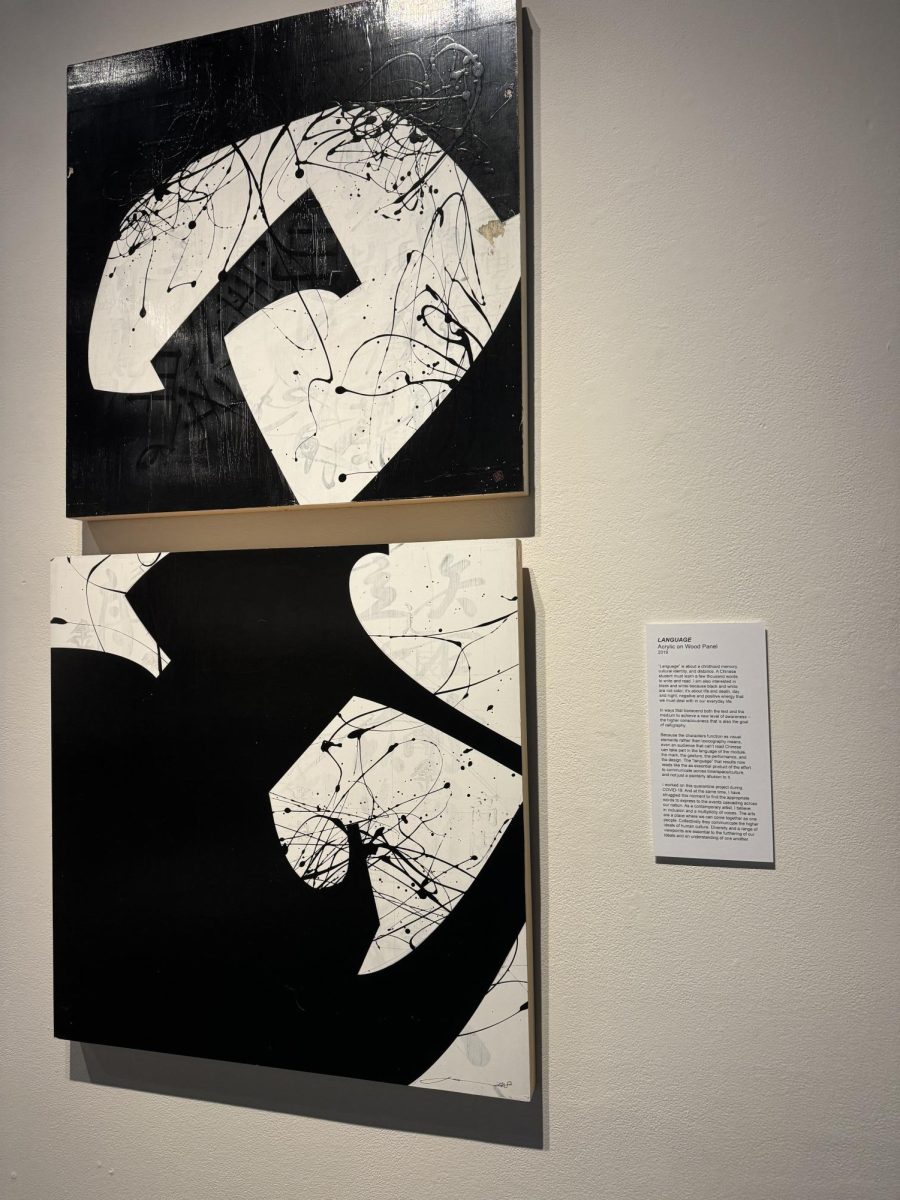
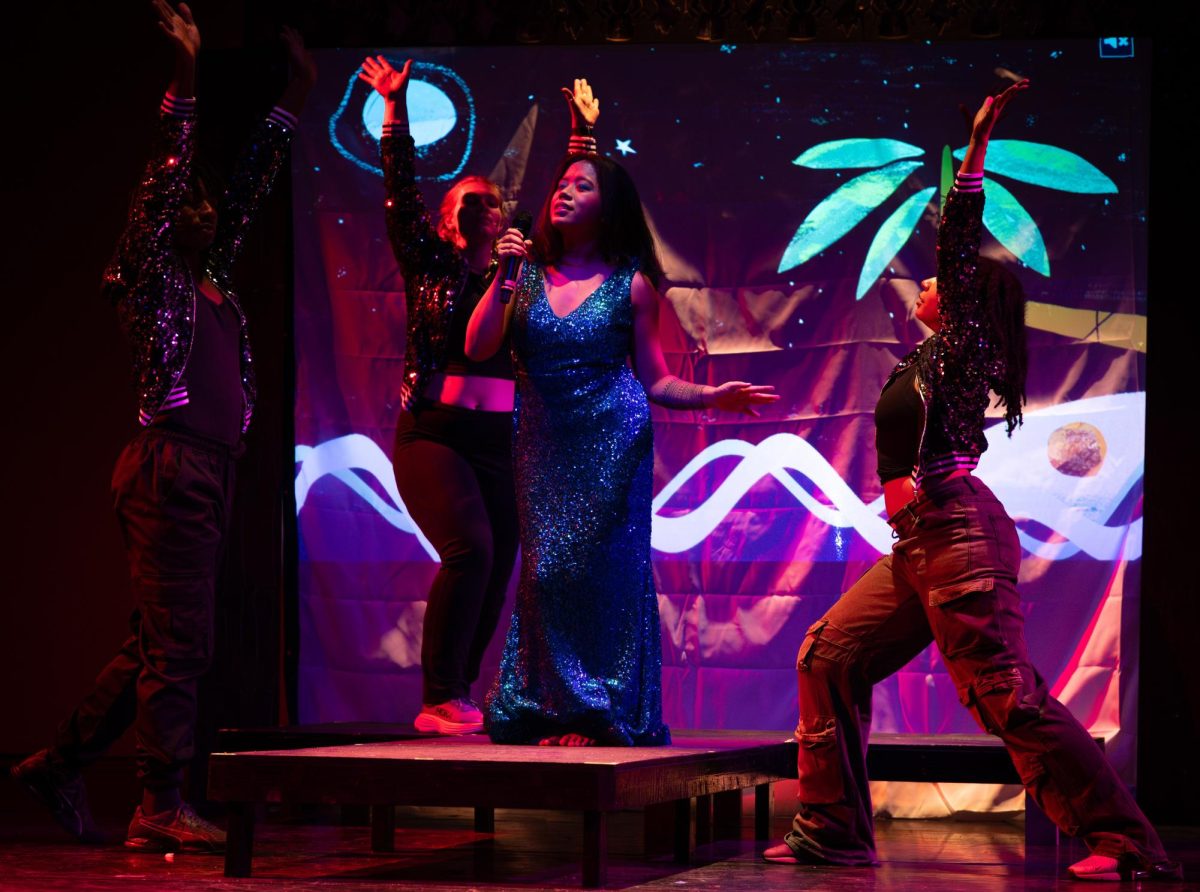

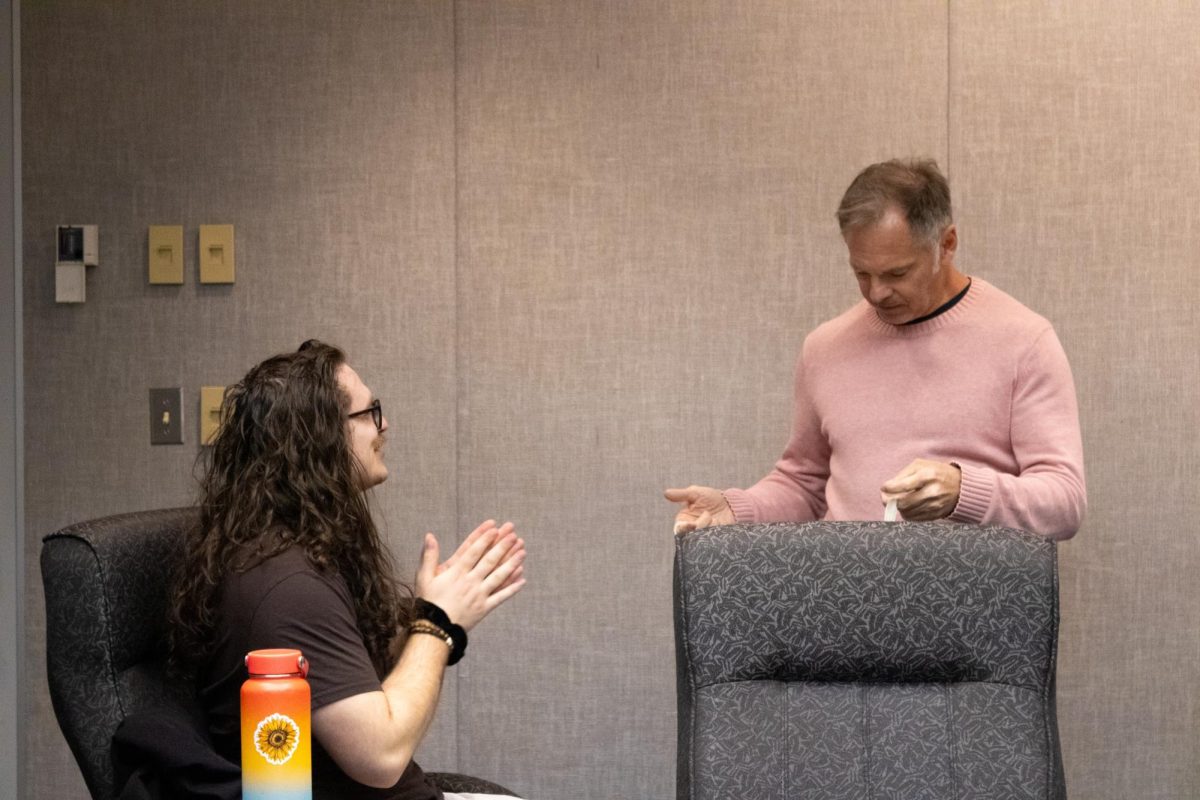

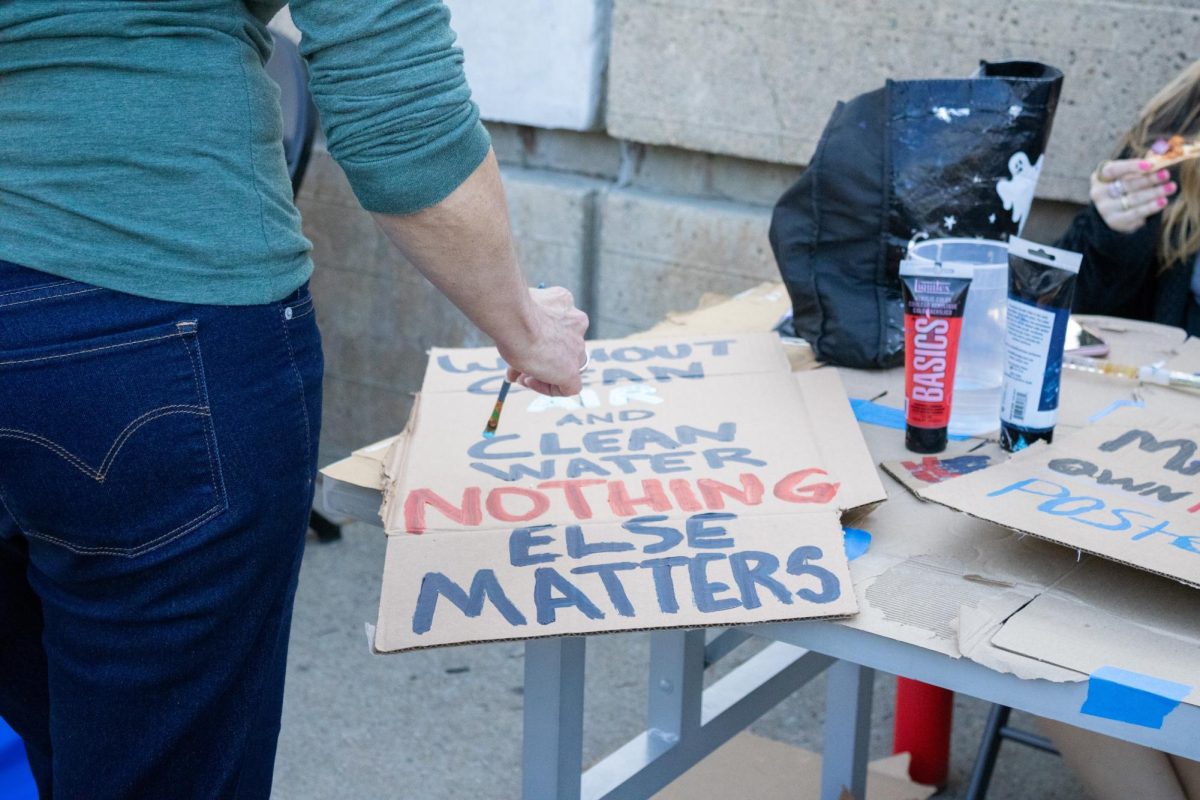
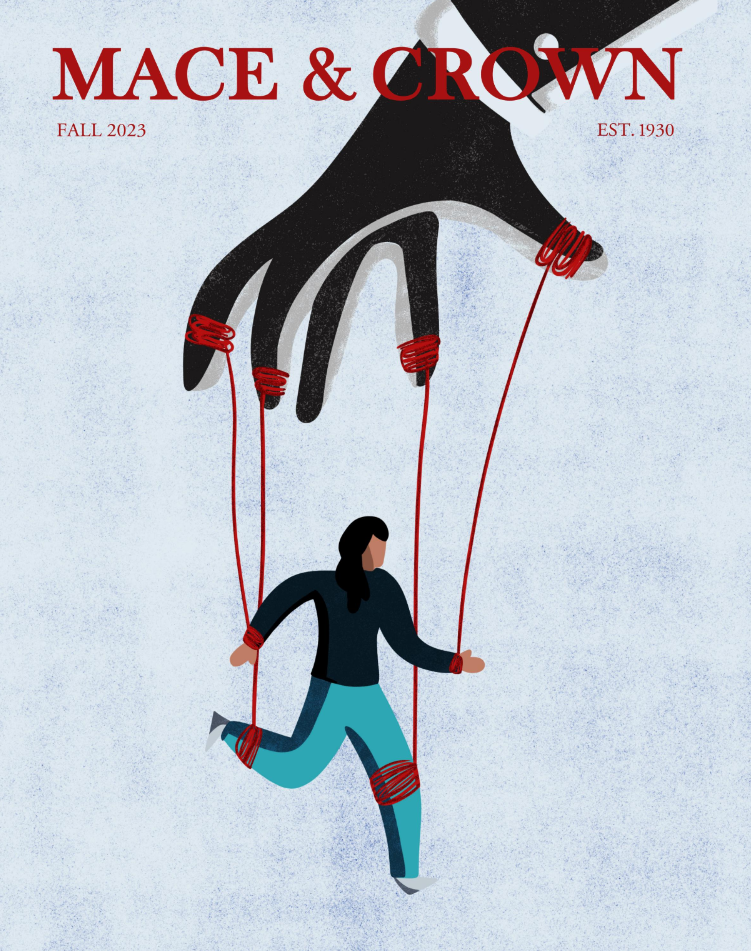
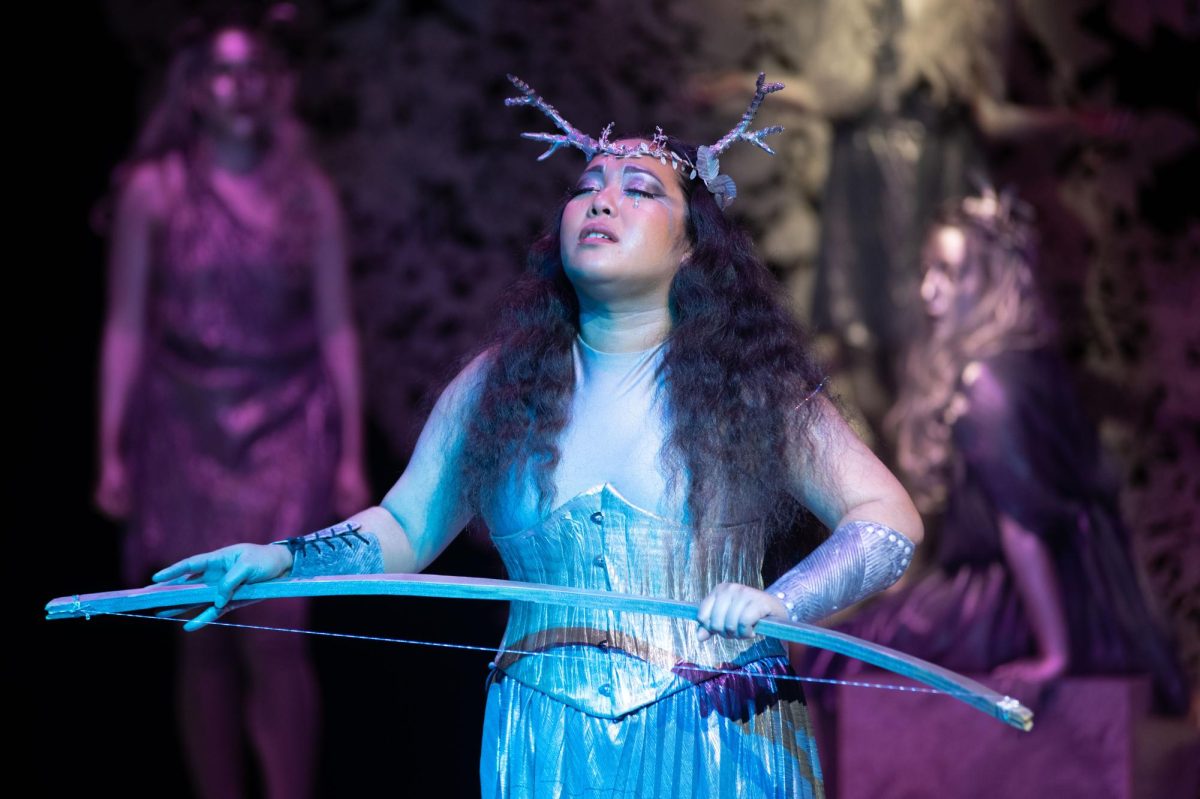
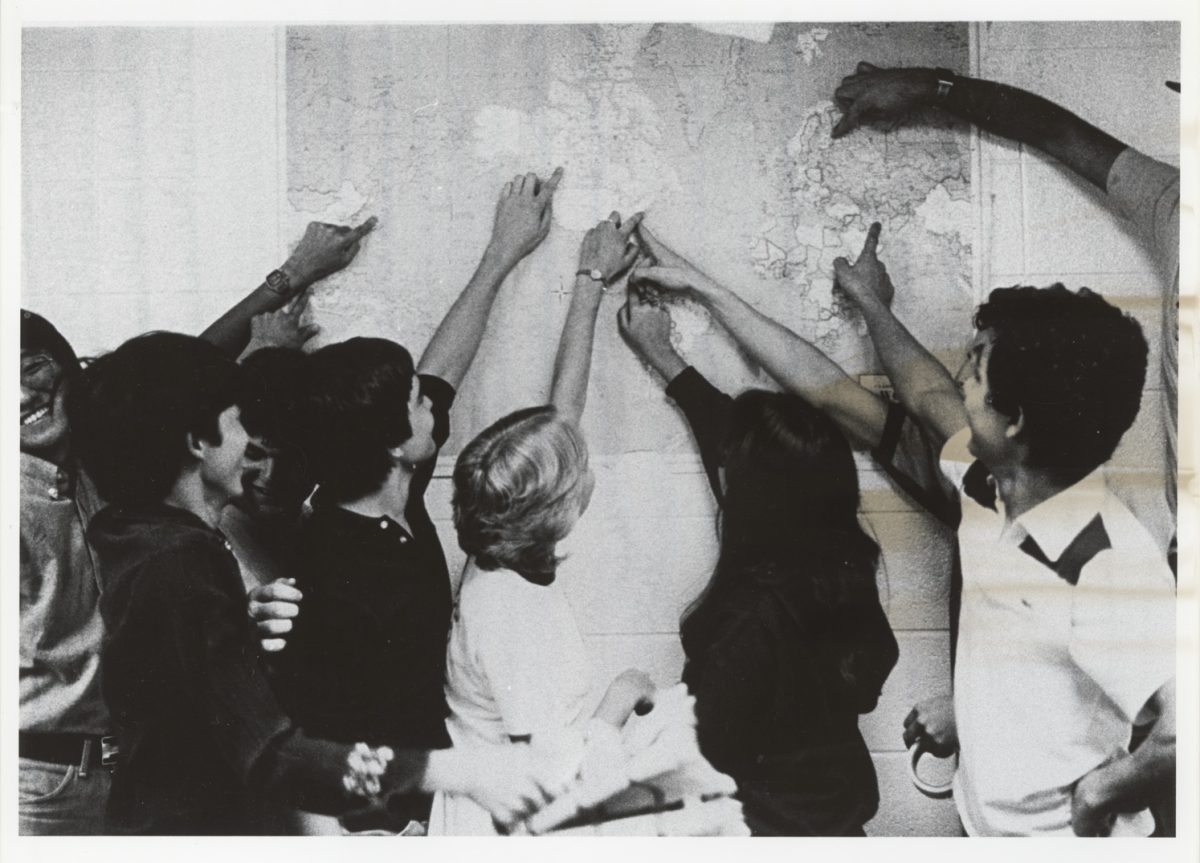


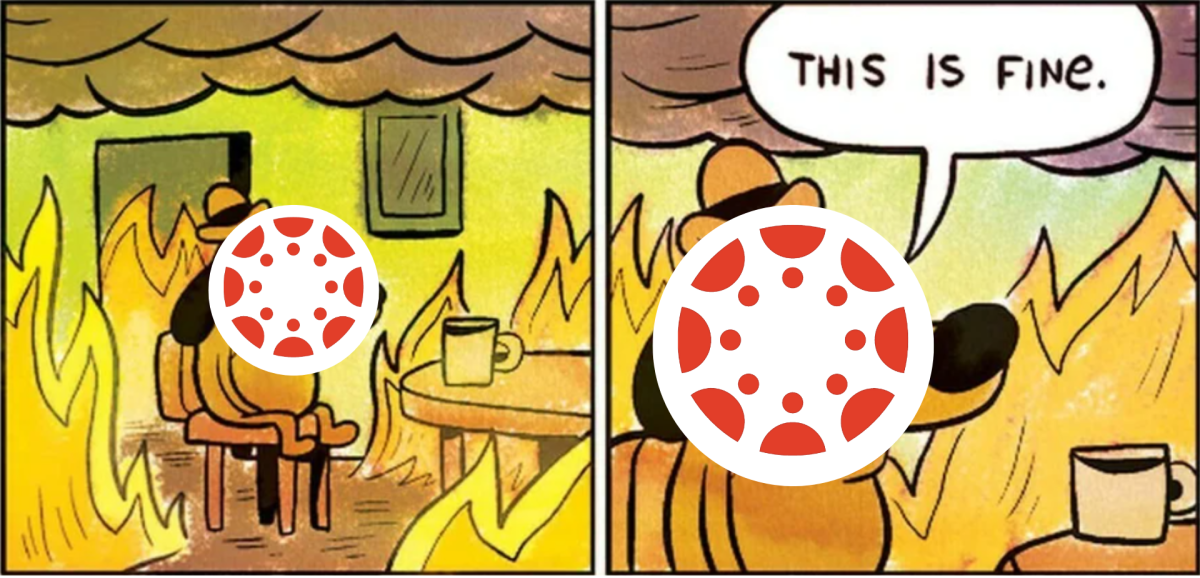
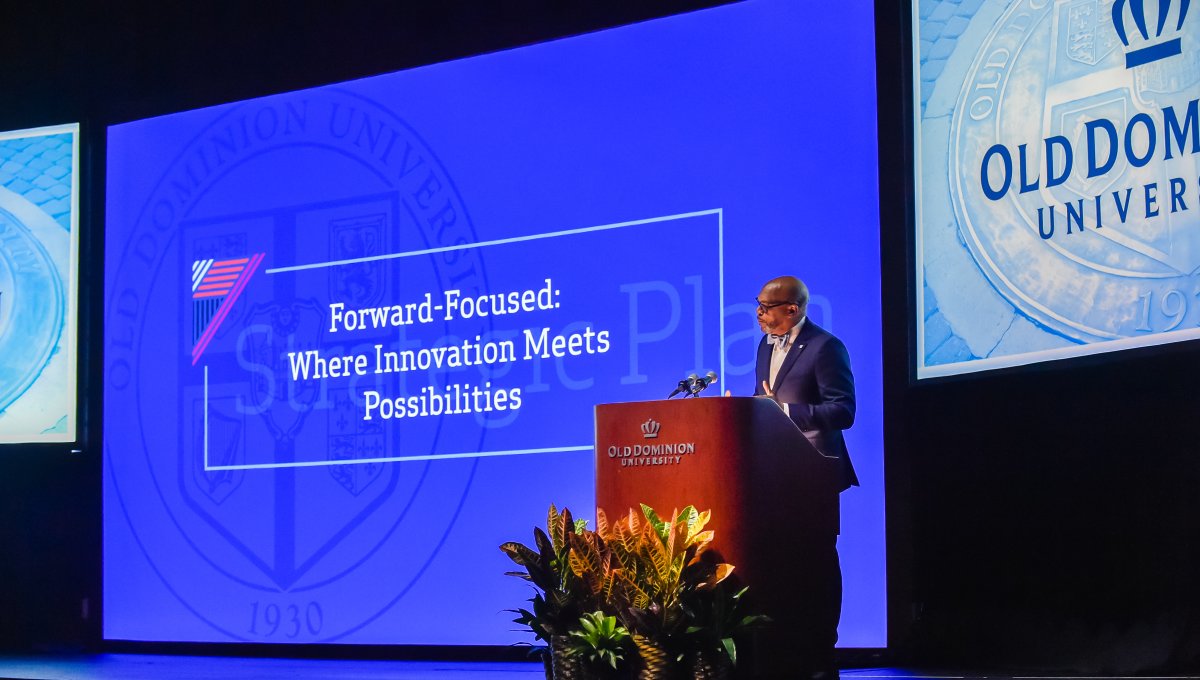
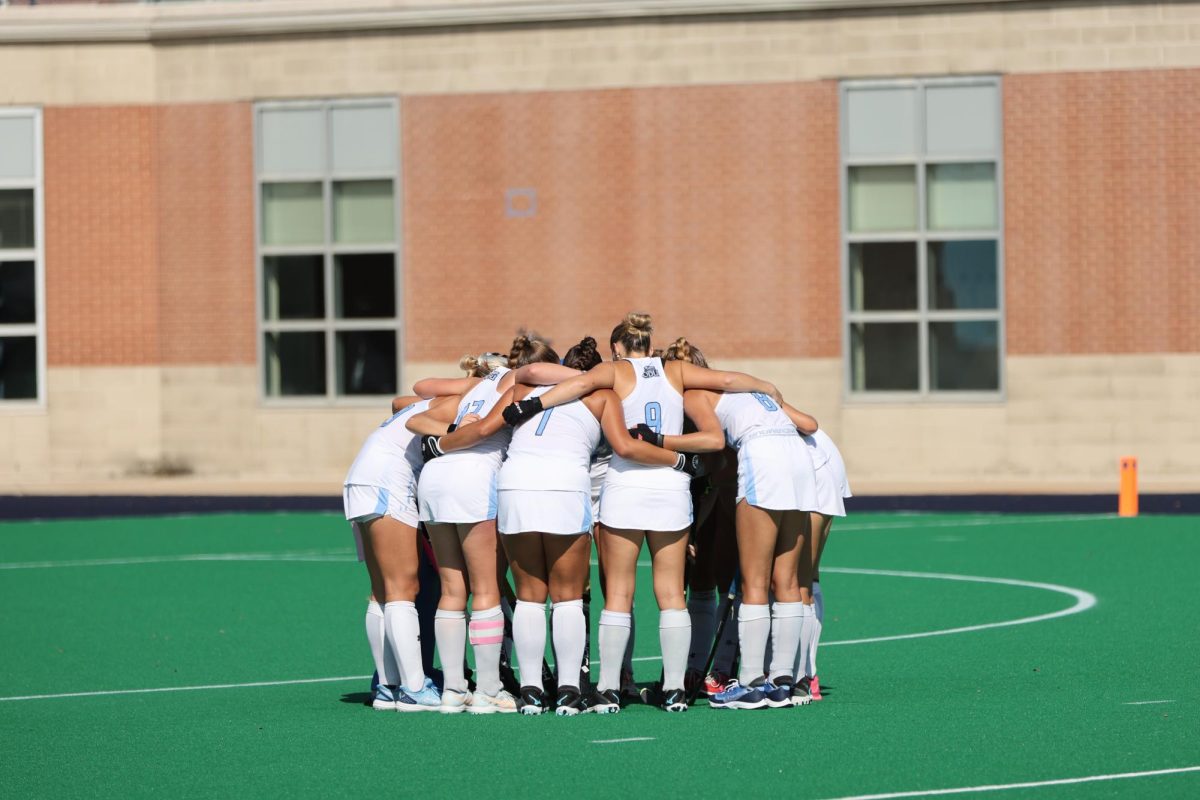

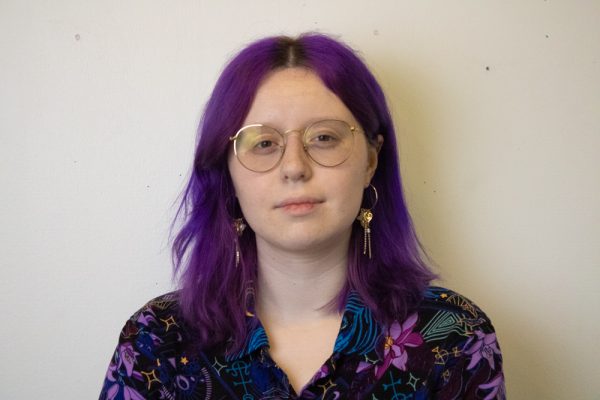
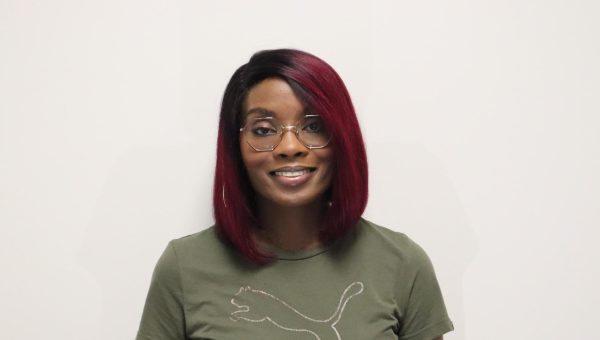
Uugway • Feb 4, 2024 at 8:30 pm
MMMMMM….. Great article this was! Enlighten me, it did.
Anonymous • Jan 31, 2024 at 6:02 pm
This article changed my life. My entire view of everything that exists in this world, in fact, even in the entire universe. I can never look at anything I know the same way again. This article represents emotions that most humans could never understand. But I can. Thanks to this article I was awakened to many things previously considered unimaginable. Thank you for this exquisite article, I will never forget this experience